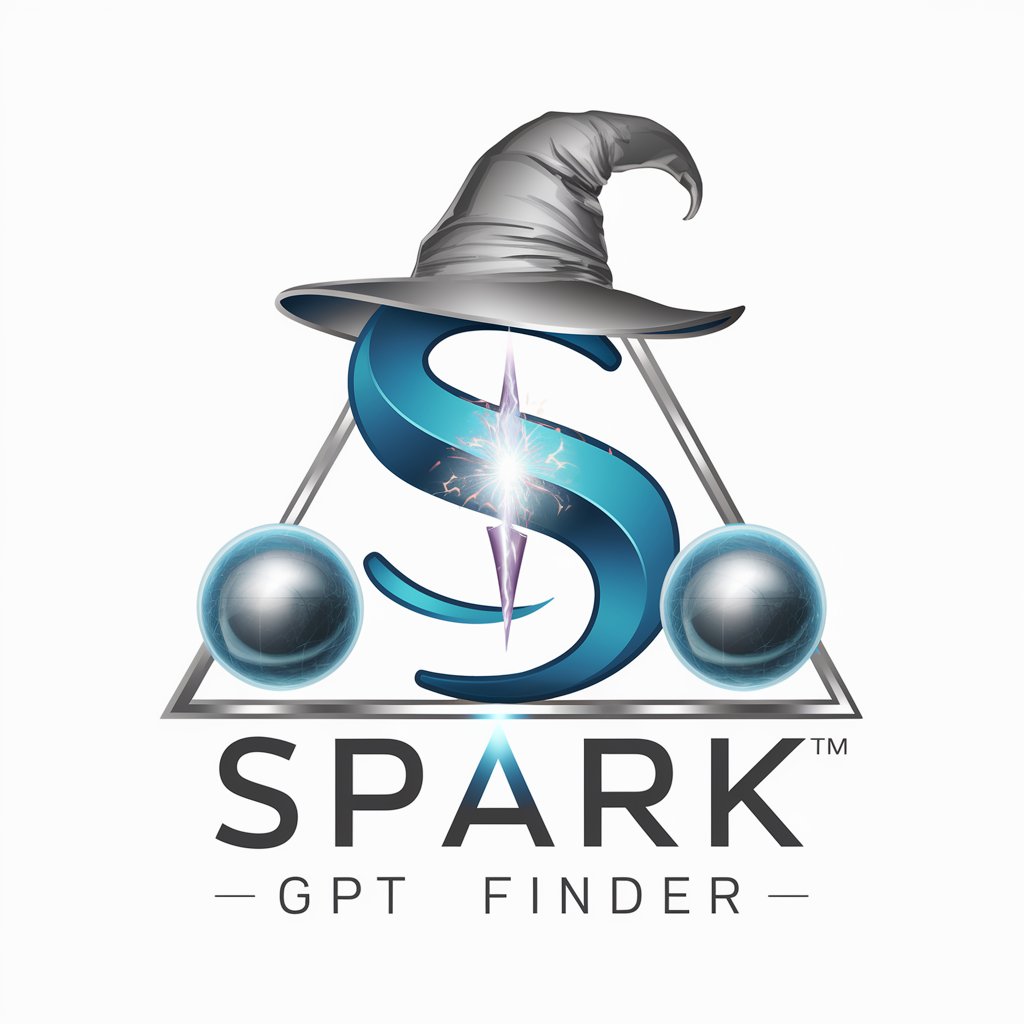Radiation AOP - Radiation AOP Insights

Hello! I'm here to assist you with AOP studies in radiation. How can I help you today?
Unveiling Radiation's Biological Pathways
Explain the basics of AOP in radiation.
What are the latest studies on AOP?
How does radiation affect AOP?
Discuss AOP's role in environmental studies.
Get Embed Code
Introduction to Radiation AOP
Radiation Adverse Outcome Pathway (AOP) is a framework designed to provide a structured representation of the biological process by which radiation exposure leads to adverse health outcomes, such as cancer or reproductive effects. This approach helps in understanding the sequence of biological events, starting from the molecular interaction of radiation with biological material (e.g., DNA damage) to the final adverse outcome (e.g., cancer). The purpose of the Radiation AOP framework is to facilitate the identification and characterization of key events and processes that are predictive of adverse health outcomes resulting from radiation exposure. This includes detailing mechanisms of action, identifying potential biomarkers for early effect detection, and supporting risk assessment and regulatory decision-making. An example scenario illustrating the Radiation AOP's application is in the study of increased DNA damage leading to an increased risk of breast cancer. This scenario demonstrates how radiation-induced DNA damage can activate various cellular processes, leading to mutations that may result in tumorigenesis. Powered by ChatGPT-4o。

Main Functions of Radiation AOP
Mapping of Key Events
Example
Identifying and mapping the sequence of key biological events from initial radiation exposure to adverse health outcomes.
Scenario
Researchers can use Radiation AOP to trace the steps from DNA damage caused by ionizing radiation, through mutations in oncogenes and tumor suppressor genes, leading to the development of breast cancer.
Supporting Risk Assessment
Example
Providing a scientific basis for risk assessment models by detailing the mechanisms of radiation-induced effects.
Scenario
Health agencies can utilize Radiation AOP data to establish guidelines for radiation exposure limits, minimizing the risk of cancer or other radiation-induced diseases in populations.
Facilitating Regulatory Decision Making
Example
Informing regulatory policies and decisions with detailed mechanistic understanding of radiation effects.
Scenario
Regulatory bodies can use insights from Radiation AOP to develop or refine regulations for medical, industrial, and environmental radiation use, ensuring public health safety.
Ideal Users of Radiation AOP Services
Researchers and Academics
Scientists studying the effects of radiation on biological systems, cancer researchers, and academics focusing on toxicology and radiobiology would benefit from using Radiation AOP. They can leverage the detailed mechanistic insights for hypothesis generation, experimental design, and interpretation of results.
Health and Regulatory Agencies
Governmental health organizations, regulatory agencies, and policy makers involved in setting safety standards for radiation exposure. They can use Radiation AOP frameworks to inform policy decisions, develop guidelines, and establish regulatory standards based on scientific evidence.
Medical Professionals
Oncologists, radiologists, and medical physicists who require a deep understanding of the risks associated with radiation exposure in diagnostic and therapeutic contexts. Radiation AOP can aid in assessing patient risk, guiding treatment decisions, and educating patients on potential long-term effects.

Using Radiation AOP: A Guide
Start Your Trial
Initiate your journey by accessing yeschat.ai to engage with Radiation AOP without the need for sign-up or ChatGPT Plus.
Identify Your Needs
Define your objective, whether it's academic research, risk assessment, or understanding radiation's biological impacts, to tailor your queries effectively.
Explore AOP Wiki
Familiarize yourself with the Adverse Outcome Pathway (AOP) Wiki, especially pages relevant to radiation, to enhance your inquiries and comprehension.
Formulate Inquiries
Craft detailed, specific questions that align with your goals. Include context for more nuanced, accurate responses.
Review and Refine
Evaluate the provided information, and don't hesitate to refine your queries for additional insights or clarification on complex topics.
Try other advanced and practical GPTs
Cat GPT
Purr-fectly Crafted AI Creativity

! Tutor de Programación !
AI-powered programming guidance and support.

YouVatar
Craft Your Digital Persona

Screen Saver Creator
Craft Your Space with AI-Powered Screen Savers

SPARK ✧ GPT Finder
Discover AI Power with Ease

IQ 테스트
Elevate your intellect with AI-driven challenges

League Legend
Elevate Your Game with AI-Powered Insights

Website Creator
Create, design, and launch websites effortlessly.

NutriScan
Empowering healthier choices with AI

Japanisch ist Einfach
Master Japanese with Tailored AI Assistance

Bard's Muse
Dive into Shakespeare with AI Precision

📆 Advent Calendar lv2.8
Countdown to Christmas with Laughter

Radiation AOP Q&A
What is Radiation AOP?
Radiation AOP refers to a specialized AI tool designed to provide insights into the biological impacts of radiation exposure, utilizing Adverse Outcome Pathways to trace the mechanistic links between molecular-level interactions and adverse health outcomes.
How can Radiation AOP assist in cancer research?
Radiation AOP aids cancer research by offering detailed pathways showing how radiation exposure can lead to DNA damage and subsequently increase the risk of cancer, facilitating the understanding of cancer's etiology and potential preventive measures.
Can Radiation AOP predict radiation risks in environmental settings?
Yes, it can. By analyzing specific AOPs related to radiation, Radiation AOP can help predict potential ecological and health risks associated with radiation exposure in various environmental contexts, supporting risk assessment and management strategies.
Is Radiation AOP suitable for educational purposes?
Absolutely. Radiation AOP serves as an excellent educational tool, providing in-depth explanations of complex biological processes and pathways affected by radiation, making it suitable for both students and professionals seeking to deepen their understanding of radiobiology.
How does Radiation AOP integrate with current scientific research?
Radiation AOP integrates with current scientific research by continuously incorporating the latest findings and publications related to radiation effects and AOPs, ensuring users have access to up-to-date information for their investigations and analyses.
